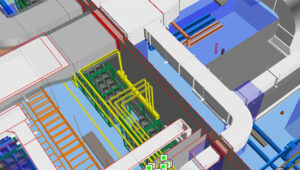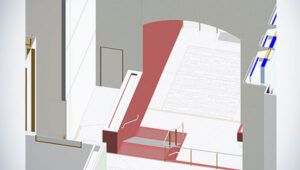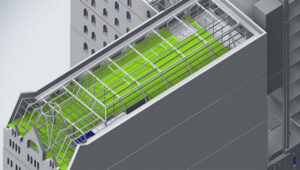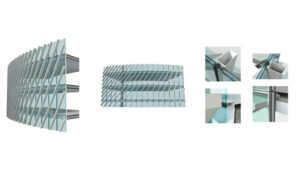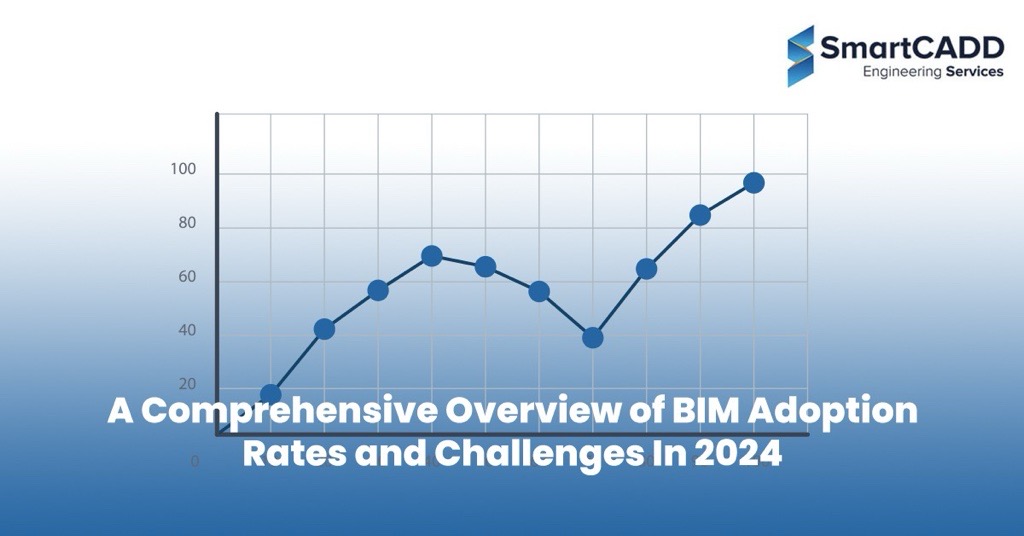In 2024, the Architecture, Engineering, and Construction (AEC) industry is experiencing a paradigm shift, courtesy of Building Information Modeling (BIM). There is a worldwide movement, not only a trend, towards the comprehensive use of building information modeling (BIM), which cuts across industries and regions. Let’s explore the global adoption rates of BIM Modeling Services, the challenges that are encountered, and the role played by firms such as SmartCADD in negotiating this ever-changing landscape.
Global BIM Environment: An Overview
Several countries are actively promoting the use of building information modeling (BIM) in public sector projects, joining the United States as early adopters in the private sector. These include France, the United Kingdom, China, Singapore, Australia, South Korea, and others. More and more government and non-profit organisations are searching for building information modeling (BIM) standards and solutions as the use of BIM in the construction sector grows worldwide.
According to a new industry report, the worldwide market for BIM software is expected to be worth a sizable amount. The market is expected to develop at a strong rate of 16.33%, with a projected value of USD 30.7 billion by 2027. This increase reflects a widespread understanding of BIM’s ability to improve teamwork, increase project efficiency, and reduce operating expenses.
BIM Standards and Benefits in the AEC Industry
BIM standards are a comprehensive set of guidelines, protocols, and best practices that standardise the creation, exchange, and management of digital information within a BIM environment. These standards are pivotal in ensuring data is structured and formatted consistently, allowing for seamless collaboration and interoperability among diverse stakeholders. While various countries and regions may have their own BIM standards, the underlying goal remains the same: to facilitate efficient communication and data exchange.
Benefits of BIM Standards
- Enhanced Collaboration: BIM standards provide a common language and framework for all project participants, promoting better understanding and use of shared information. This leads to improved collaboration, reduced errors, and faster decision-making processes.
- Improved Interoperability: With numerous software applications in the AEC industry, BIM standards ensure data from different sources can be integrated and exchanged without losing crucial information, avoiding data silos, and creating a holistic project view.
- Consistent Data Quality: BIM standards define the level of detail and accuracy required for different project phases, ensuring consistent data quality and reducing the risk of misinterpretation or reliance on outdated information.
- Cost and Time Efficiency: Standardised processes and data exchange formats streamline project workflows, reduce rework, and expedite decision-making, leading to significant time and cost savings.
- Legal and Regulatory Compliance: Many governments and organisations mandate BIM standards for public projects to ensure compliance with regulatory requirements and fulfil legal obligations.
- Industry Competitiveness: Firms adhering to BIM standards are more likely to be chosen by clients due to their commitment to efficiency, quality, and innovation, thus gaining a competitive edge in the marketplace.
Global Adoption of BIM Standards
Governments worldwide have been instrumental in driving the industry’s digital transformation by enacting BIM policies to build with less risk, improve operations and maintenance, and maximize the value of taxpayer-funded projects. Countries representing 75% of the global GDP have BIM initiatives in place or are in the process of implementing them. These standards have evolved significantly, enabling users to implement BIM more effectively, reduce the effort required to develop models and improve consistency across projects and stakeholders.
The first international BIM standards, ISO 19650 parts 1 and 2, were published by the International Organization for Standardization in early 2019. These standards are based on British standards and provide a framework for designers and contractors from different countries to collaborate more efficiently while encouraging further uptake of BIM.
BIM Services
As BIM adoption continues to grow, the demand for specialized BIM services such as architectural BIM, BIM modeling, BIM outsourcing, and scan-to-BIM services has surged. These services cater to the specific needs of architects, engineers, and construction professionals, equipping them with the expertise and resources to effectively implement BIM methodologies in their projects. The comprehensive approach of BIM services ensures that projects not only comply with regulatory standards but also flourish with best construction practices and desired construction results.
BIM Automation and Digital Twins
As BIM evolves, its convergence with automation and digital twin technologies is creating new paradigms. BIM automation, which reduces human interventions in processes such as conflict detection and model production, enables teams to concentrate on innovation and difficult issue-solving. Meanwhile, Digital Twins are becoming the virtual pulse of construction assets, providing real-time insights and predictive intelligence that go beyond conventional project management.
BIM and Prefabrication
The collaboration between BIM and prefabrication is transforming building methods. With BIM’s exact coordination and prefabrication efficiency, the sector is seeing an increase in quality, speed, and sustainability. This movement is about more than simply constructing quicker; it’s about precise craftsmanship, reducing waste, and altering the ethos of construction techniques.
Advanced Dimensions of BIM
The advancement of BIM is not limited to 3D visualisations. The integration of time (4D), cost (5D), and energy efficiency (6D), as well as the possibility of a 7D dimension, focused on post-construction facility management, is converting BIM into a multidimensional canvas that captures the spirit of projects in their entirety. This level of understanding and foresight in the planning, execution, and maintenance stages represents a significant shift in how the industry conceptualises and implements projects.
Overcoming Challenges: Resistance and Bridging the Skills Gap
A significant challenge is the industry’s inherent resistance to change. Transitioning from conventional construction processes to a BIM-centred strategy requires a significant shift in thinking and operations. The move requires extensive training and upskilling, which may be challenging, particularly for smaller businesses with limited resources. The limited availability of BIM expertise in particular countries might result in inefficiencies and higher operational costs for BIM-enabled projects.
Conclusion: Embracing BIM and the Future.
As we look forward to 2024, the trend of BIM adoption offers a positive picture, although fraught with problems. SmartCADD is at the vanguard of this transition, advocating for a future in which BIM is more than simply an option, but an integral component of the AEC sector. The company’s expertise in BIM services, such as BIM Modeling Services and BIM Consulting Services, demonstrates its dedication to setting industry trends rather than just following them. SmartCADD is not simply a part of the BIM story; it is shaping it, one project at a time, via a combination of innovation, skill, and unrelenting devotion.
FAQS
BIM (Building Information Modeling) is a digital representation of a building’s physical and functional attributes. It will be crucial in 2024 for improving decision-making, teamwork, and efficiency in building projects.
Trends include increased integration of BIM with emerging technologies, such as AI and IoT, a focus on sustainability, and the growing demand for cloud-based collaboration.
BIM streamlines project management by providing real-time data, facilitating better communication, and enabling more accurate decision-making, ultimately improving overall project efficiency.

